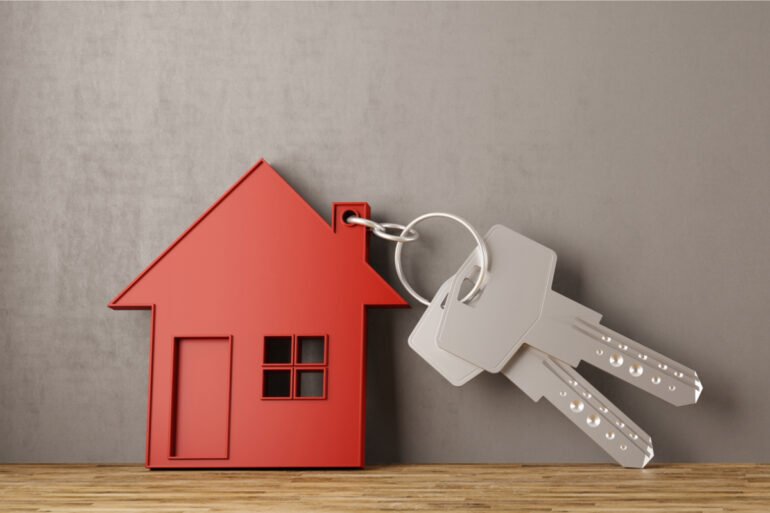With the average house price having hit a record of £273,762 in January – up £24,000 in a year, Hargreaves Lansdown has warned of a potential affordability crisis.
Average house prices were up 9.6% in the year to January but affordability tanked in 2021.
In England, property costs an average of 9.1 times earnings – up from 7.9 a year earlier.
Sarah Coles, senior personal finance analyst at Hargreaves Lansdown, said: “House prices hit a record high in January, outstripping wages significantly yet again, and raising the risk of an affordability crisis.
“House prices in January were up 9.6% in a year, more than twice the rise in average pay which, even including bonuses, was up 4.2%. It’s forcing buyers to borrow increasing multiples of their salary, and risks making property unaffordable as interest rates rise.
“The most recent affordability figures cover 2021, so furlough pay makes them look more dramatic. However, with the average property costing 9.1 times the average salary, alarm bells will be ringing. Compare that to 1997 when properties cost just 3.5 times earnings.
“While interest rates are at rock bottom, as long as lenders are still prepared to give them the cash, buyers will be happy to take it. Affordable monthly payments make borrowing hundreds of thousands of pounds feel manageable. However, with inflation hitting 6.2% in February, and set to rise again, we can expect to see more rate hikes in the coming months.
“As higher rates feed into the cost of new mortgages, buyers will find their monthly payments more off-putting. With prices rising on all sides, it could be enough to convince far more buyers that now is not the right time to be stretching their budgets so thin.
“This is likely to be particularly striking among those looking for detached family homes, which have continued to see faster price inflation than any other kind of home. Anyone in the market for a new build is also likely to think twice after eyewatering price rises: the average price of this kind of property is up more than a quarter in a year.
“The lag in house price data, and the fact that in March we’re seeing figures for sales agreed some time between October and December last year, means we won’t see the impact of rising prices and rates take effect for a few months yet.
“In fact, we know from other indices that house prices powered ahead in February, and we know from HMRC figures that we saw a flurry of sales completing in February too, so it’s going to appear on the surface that we’re taking rate rises on the chin.
“It’s not until later in the summer that we’ll see the impact of houses rising further out of people’s reach.”



